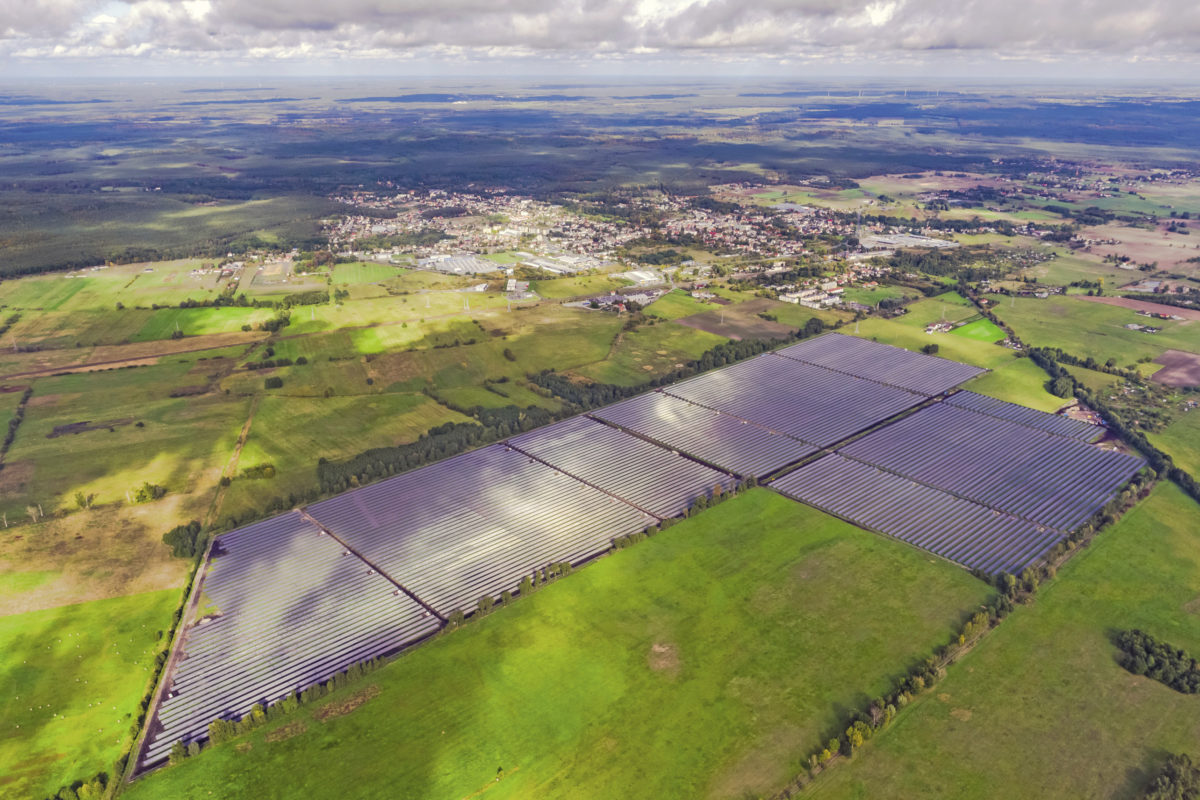The Polish PV market has boomed in recent years, but there were not so many corporate and utility solar/wind PPAs, given the competition with the auction system. However, exorbitant energy prices last year have changed the equation.
“When market prices were soaring, a number of PPAs got signed, with the majority being corporate PPAs (10 out of the 13 announced in 2022),” said Ann Cocquyt, regional lead PPA transaction at Pexapark. “We even saw some projects deliberately stepping out of the CfD scheme to go for a cPPA instead, an example of this the V-Ridium PPA with T-Mobile Polska.”
The uptake in the most recent renewables auctions was disappointing.
“The competition and low bid prices versus increasing capex are the main reason for the undersubscribed auctions,” Cocquyt told pv magazine. “Solar PPA activity definitely picked up as the [contract-for-difference] strike prices failed to keep up with the wholesale market prices. However, market prices have retrieved since then, and there remains limited risk appetite for long term profile risk on the utility side.”
She said there is a solid demand from corporates, but the question will be at what prices and for what tenors, as that will define whether it will be sufficient to replace the contract-for-difference option. Going forward, cost efficiency, price hedging against rising electricity costs, and sustainability efforts are expected to continue to drive the PPA demand. However, headwinds are also having an impact.
“There have been several important regulatory changes that make the circumstances uncertain and less attractive,” Cocquyt said. “There is a revenue cap in place until 30 December 2023, with a level far below €180/MWh which was suggested by the EU.”
The PLN 355/MWh ($83.50/MWh) revenue cap for PV installations with capacity over 1 MW was introduced in November 2022. This required all installations selling electricity under PPAs above the auction reference price, plus PLN 50, to pay a tax on earnings exceeding this amount. The solution faced criticism for significantly impacting solar plant profitability.
“There has been an intervention in the balancing market (regulating prices) and an abolition of the exchange obligation for the day-ahead volumes, turning the day-ahead market potentially less liquid and pricing less transparent,” Cocquyt said. “This might have a negative effect on the long-term appetite from both utility off-takers and investors.”
Additional new regulations are expected in the Polish PPA space in the coming months, including potential permits for the construction of direct lines in connection with the supply of energy under PPAs.
This content is protected by copyright and may not be reused. If you want to cooperate with us and would like to reuse some of our content, please contact: editors@pv-magazine.com.




By submitting this form you agree to pv magazine using your data for the purposes of publishing your comment.
Your personal data will only be disclosed or otherwise transmitted to third parties for the purposes of spam filtering or if this is necessary for technical maintenance of the website. Any other transfer to third parties will not take place unless this is justified on the basis of applicable data protection regulations or if pv magazine is legally obliged to do so.
You may revoke this consent at any time with effect for the future, in which case your personal data will be deleted immediately. Otherwise, your data will be deleted if pv magazine has processed your request or the purpose of data storage is fulfilled.
Further information on data privacy can be found in our Data Protection Policy.